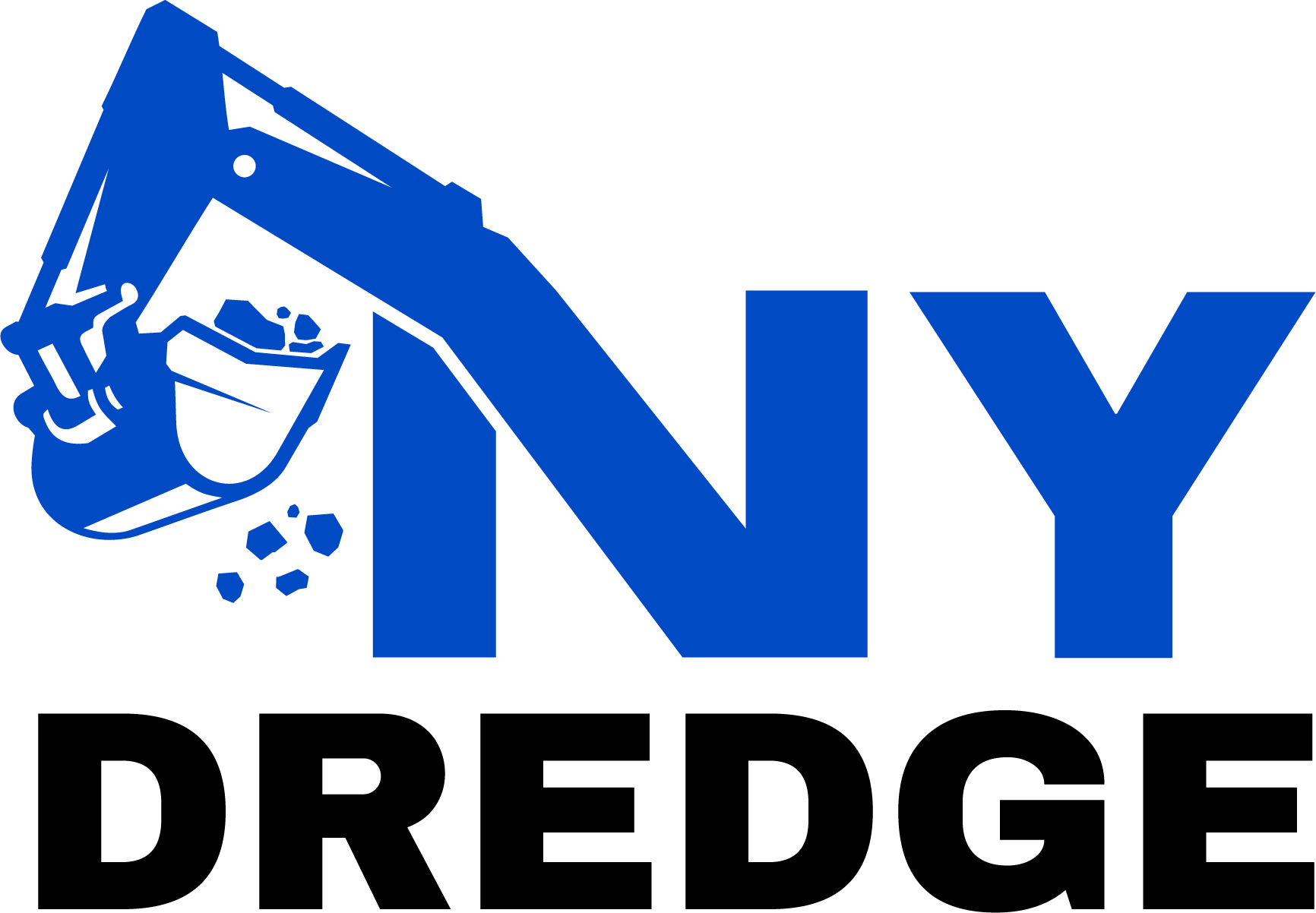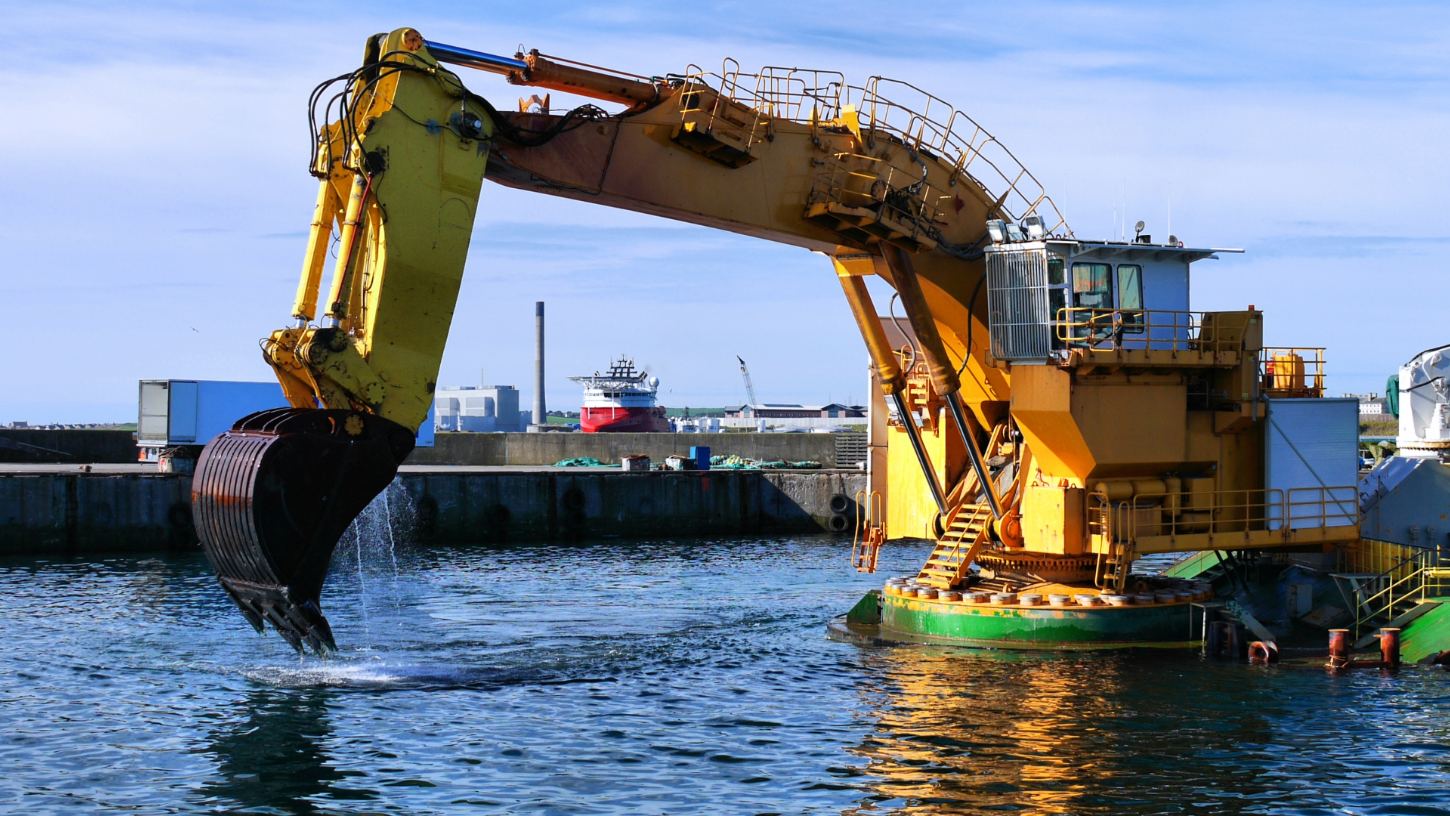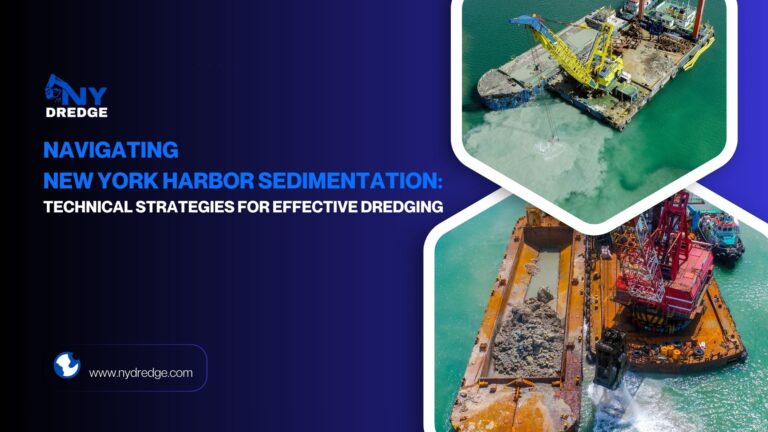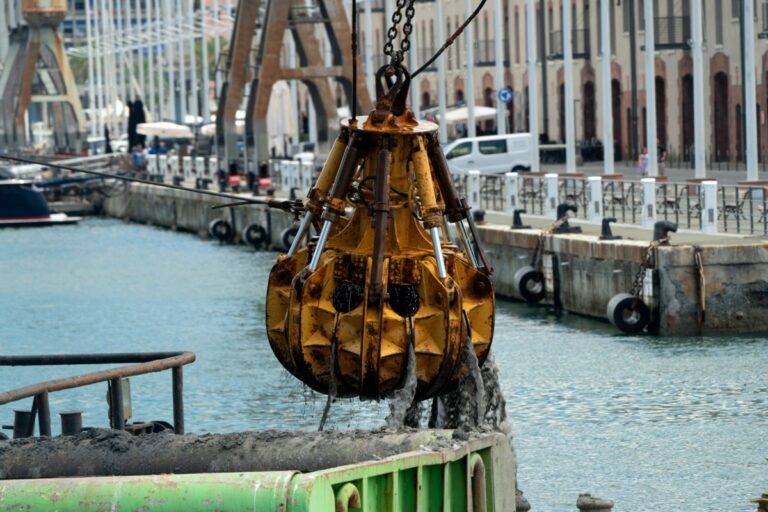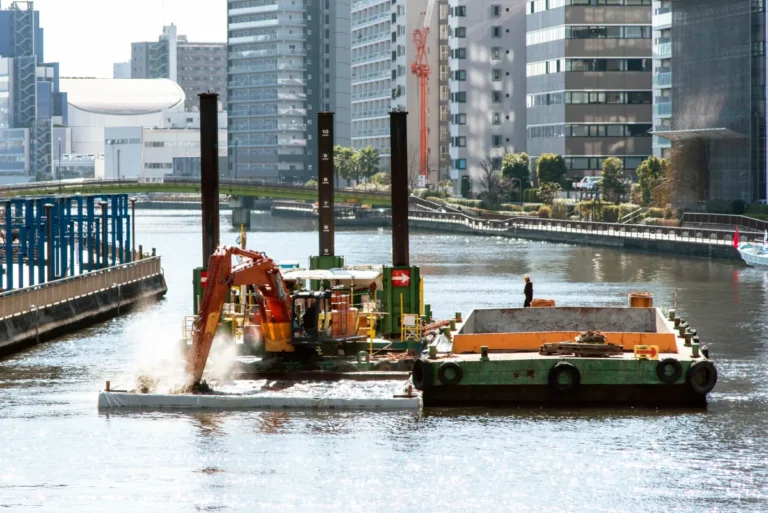As demand grows for efficient sediment removal across marine, industrial, and environmental projects, renting dredging equipment has become a cost-effective alternative to purchasing. Whether managing a large-scale harbor project or a small-scale pond cleanup, understanding how dredge rental costs are calculated is essential for effective budgeting and project planning. From equipment selection and rental duration to environmental compliance and transport logistics, a wide range of factors can influence pricing. This guide provides a detailed breakdown of what impacts dredge rental pricing and how to make informed decisions, especially when considering specialized needs like pond dredge equipment rental.
Understanding Dredge Rental: What’s Included?
Before estimating dredge rental costs, it’s essential to understand what is typically included in a dredge rental package. Standard rentals often provide the core equipment necessary to perform sediment removal efficiently. This usually includes the dredger itself, along with a compatible slurry pump, discharge pipeline, floats or pontoons, and transport trailers for mobilization. Depending on the application, additional tools such as cutterheads, augers, or booster pumps may be included or offered as add-ons. Many dredge rental providers also supply basic controls and instrumentation as part of the equipment package.
However, inclusions can vary significantly by provider. Some companies offer turnkey rental solutions, bundling in operator services, on-site setup, and technical support for the duration of the project. Others may offer bare-equipment rental, where the client assumes responsibility for operation, maintenance, and deployment. These variations can substantially affect the overall dredge rental costs, making it important to review the rental agreement thoroughly. Transportation and logistics—whether equipment is delivered, picked up, or needs to be self-hauled—can also introduce additional expenses not always disclosed upfront.
The rental agreement duration is another key factor that influences cost and service inclusions. Short-term dredge rentals—ranging from a few days to a couple of weeks—typically come at a higher daily rate and may have fewer customization options. In contrast, long-term dredge rental agreements (30+ days) may offer discounted rates, priority support, and more flexible maintenance coverage. These options are ideal for ongoing dredging operations or larger-scale remediation projects.
For smaller projects, such as lagoon cleaning or silt removal in small bodies of water, pond dredge equipment rental is a more compact and cost-effective solution. These rentals often include lightweight, trailer-mounted dredgers that are easy to transport and deploy, particularly in residential or restricted-access environments. Because of the unique nature of pond dredging—limited space, shallow water, and environmental sensitivity—these rentals may also come with specialized tools like horizontal augers or cable-driven winch systems to ensure precise sediment removal without disrupting the surrounding ecosystem.
Key Cost Drivers in Dredge Rental Pricing

Accurately estimating dredge rental costs requires a clear understanding of the variables that influence pricing. Several key factors—ranging from the type of dredging equipment selected to logistical requirements and fuel usage—can significantly affect the final rental expense. Whether you’re planning a large-scale channel deepening project or a pond dredge equipment rental, identifying these drivers helps you build a realistic budget and avoid hidden costs.
Equipment Type and Size
The choice between cutter suction dredgers, auger dredgers, or mechanical dredging units plays a major role in determining rental pricing. Cutter suction dredgers, which are designed for high-volume and abrasive material removal, typically command higher rental fees due to their size and complexity. Auger dredgers, often used in lake or pond applications, are generally more compact and cost-effective. Additionally, hydraulic dredge rental systems tend to be more expensive than mechanical dredgers due to their efficiency, fuel needs, and ability to pump over long distances.
Project Complexity
The nature of the dredging project—specifically water depth, sediment type, and required environmental controls—affects both the equipment selection and the associated dredge rental costs. Deeper projects or those involving hard-packed or contaminated sediments may require more powerful cutterheads, specialized pumps, or additional filtration systems, all of which increase rental fees. Projects in environmentally sensitive areas may also demand turbidity curtains or precision GPS controls, which further add to the rental scope.
Rental Duration
Rental pricing structures are typically offered on a daily, weekly, or monthly basis. Short-term rentals often come with a higher daily rate, while longer-term contracts can significantly reduce the per-day cost. Many dredge rental providers offer custom pricing tiers for projects lasting over 30 days, making duration a critical factor in overall budget planning. In pond dredge equipment rental, shorter jobs are common, but understanding how duration affects pricing can still uncover cost-saving opportunities.
Mobility and Transport Costs
Delivery, setup, and retrieval of dredging equipment can introduce substantial costs, especially for large or remote sites. These mobility expenses depend on the size of the dredge, transport distance, and whether specialized equipment (such as cranes or barge platforms) is needed for launch and recovery. For small-scale pond dredge equipment rental, these costs are usually lower due to lightweight trailers and smaller components that are easier to deploy.
Operator and Crew Needs
While some dredge rental agreements include trained operators, others require the client to provide skilled personnel. Choosing to include an experienced operator as part of the dredge rental can increase the initial cost, but often results in faster project completion and fewer maintenance issues. If labor is not included, additional crew training and oversight may be necessary, which can still affect the total expense.
Fuel and Power Consumption
One often-overlooked factor in estimating dredge rental costs is the fuel or power requirement. Diesel-powered dredges are more common and suitable for high-output tasks but come with variable fuel expenses based on operation time and load conditions. Electric dredges, increasingly used in pond and urban settings, have lower emissions and operating costs but may require access to a reliable power source. Understanding how fuel or power usage impacts daily costs is essential for accurate budgeting, especially for long-term or continuous dredging operations.
Estimating Costs Based on Project Scope
One of the most reliable ways to estimate dredge rental costs is by aligning the scale of your project with the capabilities and pricing of available equipment. Whether you’re managing a large-scale dredging operation or a localized pond dredge equipment rental, understanding the relationship between project volume, equipment productivity, and rental duration is key to building an accurate budget.
The first step is to calculate the total volume of material to be removed. This is done by multiplying the area of the dredging site by the targeted depth, typically expressed in cubic yards (length × width × depth). For example, a 10,000 square foot pond with an average depth of 3 feet would yield approximately 1,111 cubic yards of sediment. Knowing this figure helps determine how many days the equipment will need to operate, which directly affects the total dredge rental costs.
Once the volume is established, the next step is matching the appropriate dredge to your production rate needs. Small auger or suction dredgers can typically move between 50 to 200 cubic yards per hour, while high-capacity cutter suction dredgers can exceed 500 cubic yards per hour. Selecting equipment that’s either too small or too large for the scope can lead to inefficiencies, either through extended rental durations or unnecessary operating expenses. For pond dredge equipment rental, compact units are ideal as they strike a balance between maneuverability and output without the added cost of oversized systems.
The scope of the project also influences whether a short- or long-term rental makes financial sense. For jobs requiring less than a week of work, daily or weekly pricing may suffice. However, suppose the sediment volume or site conditions demand extended use. In that case, it’s more cost-effective to negotiate monthly rates or long-term contracts to reduce daily costs and secure added support services.
When budgeting for pond dredge equipment rental, it’s especially important to factor in the hidden costs of small-scale work, such as mobilization, setup time, and environmental precautions. Pre-packaged rental bundles that include hoses, floats, and trailer transport can help avoid piecemeal charges that inflate the overall cost. Additionally, ensure the equipment’s production rate aligns with your desired timeline to prevent unnecessary rental extensions.
Duration-Based Pricing Models Explained
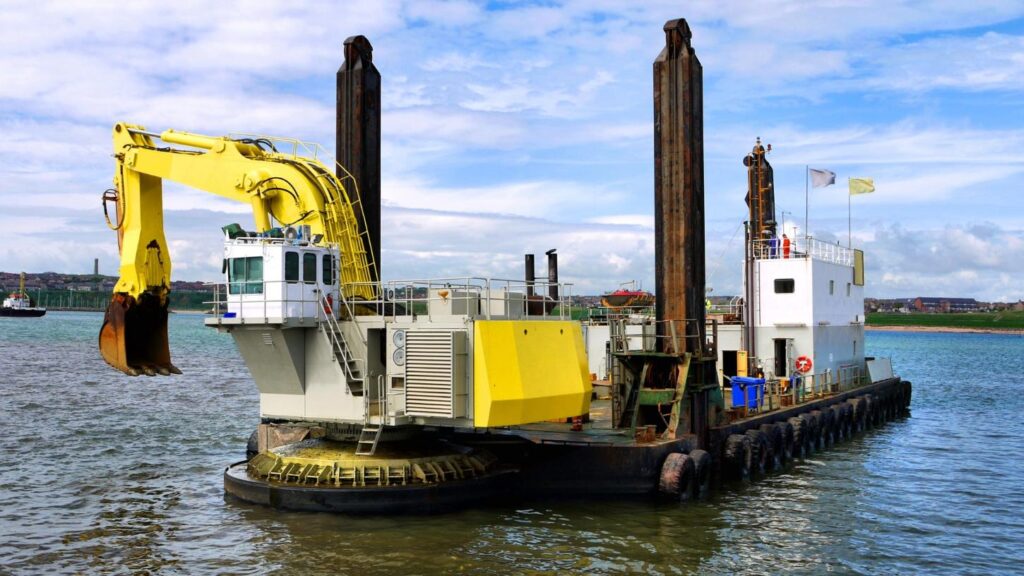
A key factor in determining overall dredge rental costs is the rental period. Most providers offer flexible pricing structures based on the length of time the equipment is needed, typically broken down into daily, weekly, and monthly tiers. Understanding how these models work and when to choose each can lead to substantial savings and better project planning.
Daily rates are ideal for short, well-defined dredging tasks where equipment is only needed for one or two days. This is common in emergency applications or quick maintenance jobs. Weekly rates often provide a discount over daily pricing and are suitable for medium-scale projects with a clear one-week work window. For more extensive or ongoing operations, monthly rental agreements offer the most value. They reduce the per-day cost significantly and often include added perks like scheduled maintenance, remote technical support, or extended service hours.
In many cases, especially for larger or complex projects, it makes financial sense to negotiate long-term rental rates. Dredging contractors and equipment providers are often open to customizing pricing for multi-month contracts, particularly when the scope justifies a consistent rental timeline. This can apply to both large harbor jobs and long-duration pond dredge equipment rental projects involving seasonal or phased work.
That said, rental contracts may include standby charges or penalties for delays, especially if the equipment is reserved but not in use, or if the dredging schedule falls behind. These costs can add up quickly and are often overlooked in initial budgeting. It’s crucial to clarify terms related to idle time, weather delays, and off-site storage before signing a dredge rental agreement.
Most modern dredge rental providers offer some flexibility in extending rental periods, which can be helpful if project conditions change. However, last-minute extensions may come at premium rates or depend on equipment availability. Planning for a realistic project timeline and securing extension options in advance will help you avoid disruptions and better control total dredge rental costs, especially for projects in remote or regulated environments like pond or lake dredging.
Additional Costs That May Affect Your Budget
While base rates often serve as the starting point for estimating dredge rental costs, several additional expenses can significantly impact your overall budget. These costs—often overlooked during initial planning—vary depending on project location, environmental requirements, and the type of dredge rental agreement you enter into. Factoring them in from the start ensures a more accurate and transparent cost estimate.
One of the most common extra charges is equipment transport and mobilization fees. These include the cost of delivering the dredging unit to the job site, setting it up for operation, and retrieving it at the end of the rental term. For large dredgers, transportation may involve oversized load permits, cranes, or tugboats, all of which can increase the total cost. For smaller-scale pond dredge equipment rental, mobilization is usually more affordable due to the use of trailer-mounted units and quicker setup times.
Insurance and liability coverage are other critical considerations. Most dredge rental providers require renters to carry appropriate insurance policies that cover property damage, operator safety, and third-party liability. In some cases, renters may also be responsible for insuring the equipment itself during the rental period. These policies may be available through the provider or must be arranged independently, depending on the contract terms.
Environmental compliance can introduce further costs, especially for projects near sensitive ecosystems. Turbidity control, sediment containment, and regulatory permitting are essential for meeting environmental standards. Suppose your project involves lake or pond dredge equipment rental. In that case, you may need to install silt curtains, perform water quality monitoring, or obtain special permits—all of which add to the overall dredge rental costs.
Lastly, renters are typically responsible for maintenance and damage costs incurred during the rental period. While routine servicing may be covered under long-term contracts, any misuse, excessive wear, or accidental damage could result in repair fees or part replacement charges. It’s important to inspect the equipment upon delivery and maintain clear documentation to avoid disputes or unexpected charges at the end of the rental.

Cost Optimization Tips for Dredge Rentals
Effectively managing dredge rental costs requires more than just choosing the lowest price—it’s about making smart decisions that align with project needs, timelines, and available resources. Whether you’re renting large-scale dredging equipment for marine construction or securing a compact unit for pond dredge equipment rental, strategic planning and vendor collaboration can lead to significant savings.
Start by comparing quotes and packages from multiple providers. Don’t just look at the base rental rate—review what’s included in the package, such as accessories, support, and transport fees. One vendor might offer a lower daily rate but charge separately for mobilization, while another offers an all-inclusive package that saves money in the long run. Always evaluate the total value, not just the headline price, to make an informed decision.
Next, consider bundling services. Many dredge rental providers offer discounted rates when you combine equipment, operator labor, and delivery into a single contract. Bundled services not only reduce coordination efforts but can also streamline the permitting process and ensure faster deployment. This is especially helpful for short-term or specialized applications like pond dredge equipment rental, where technical guidance and quick mobilization are critical.
Timing your project during off-peak rental seasons can also reduce costs. Demand for dredging equipment often spikes during warmer months or in regions with seasonal environmental windows. By scheduling during slower periods, you may gain access to better pricing, more flexible rental terms, and faster equipment availability. Booking also increases your chances of negotiating favorable contract terms.
Finally, work with experienced vendors who understand project-specific requirements. Trusted providers can help you select the right dredger based on production goals, sediment type, and site limitations, preventing you from over- or undersizing the equipment. This not only optimizes performance but also avoids unnecessary rental extensions—one of the most common causes of inflated dredge rental costs. Choosing a vendor with a proven track record in pond dredge equipment rental or complex marine applications adds value far beyond the equipment itself.
Conclusion
Estimating dredge rental costs accurately requires a careful evaluation of project scope, equipment type, duration, and additional services. By understanding the key cost drivers and leveraging strategies like service bundling, seasonal scheduling, and expert consultation, project managers can better control expenses and avoid unexpected fees. Whether it’s a full-scale marine operation or a targeted pond dredge equipment rental, aligning your rental choices with project requirements ensures both performance and cost-efficiency throughout the dredging process.
